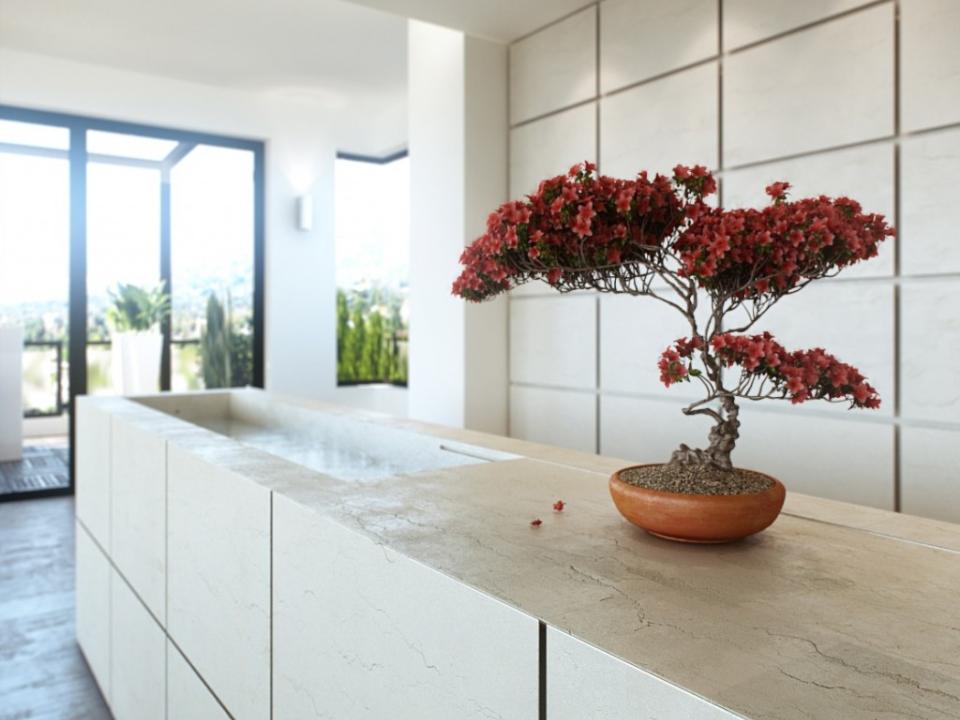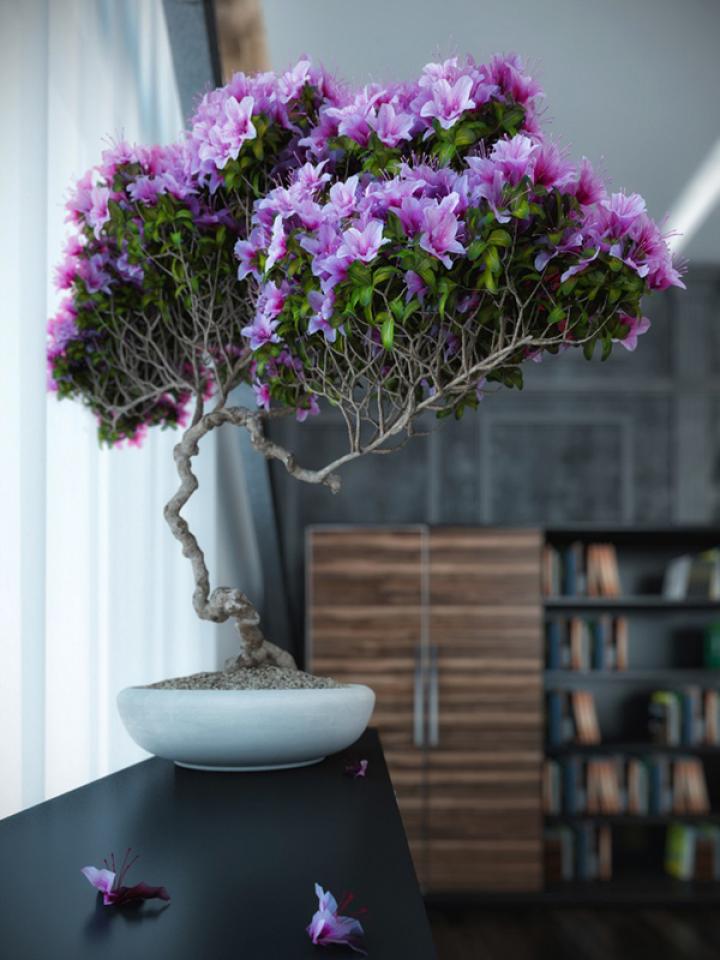Bonsai styles
You may have noticed that bonsai trees tend to have a distinctive shape, such as a twisted or asymmetric trunk that leans heavily in one direction. This is because bonsai trees are trained to mimic real trees in their natural setting – particularly those that are forced to battle the elements, such as trees found on the side of rocky mountain slopes or at cliff edges.
You can see the various style of tree on the blog, Ma-ke Bonsai.
Pruning and shaping
Maintenance pruning for the health, growth and maintenance of the plant is essential and encourages new growth as well as preventing the tree outgrowing its pot. This also affects the overall look and shape of the tree. Structural pruning, on the other hand, is a more advanced technique that involves removing primary branches to reshape the structure of the tree.
Shoot and leaf pruning: When a lot of new growth appears on your plant, the shape can quickly be thrown out of balance and your plant can outgrow its pot. Cut back any unwieldy branches that have grown five or six sets of leaves, down to three or four. You will soon see new shoots grow, creating an increase in finer branches and leaves, but with a more compact silhouette.
Small twig pruning: Thinning out the crown of your bonsai will allow more light and air to reach the lower branches, which are critical for their survival. This can be done by pruning excess branches with bonsai scissors.
Budding and pinching: If your tree is a conifer, you will need to remove the needle tips to encourage more branching and encourage a more compact shape.
Defoliation: Decidious trees can have all the leaves pruned back to encourage the growth of smaller, more delicate leaves.

Caring for your bonsai
Watering: Watering your bonsai tree needs to be handled with care as overwatering can quickly lead to root rot, while under-watering can see all your leaves drop in as little as half a day. As a general rule of thumb, water every two or three days, in the morning. Most importantly, the soil should be damp to the touch but not wet. Increased watering may be necessary in the summer so be sure to check by feeling the soil on a daily basis.
Feeding: Feeding your plant will nourish it with vital nutrients, such as nitrogen, potassium and phosphorous, essential for healthy growth. Find out more about indoor plant fertilisers in our guide.





